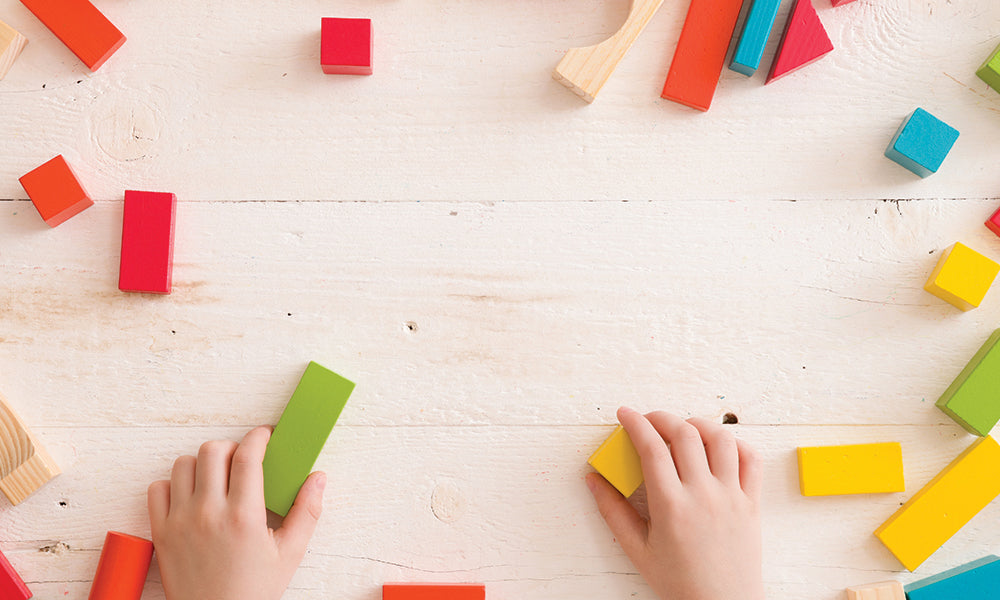
The first two years of your little one’s life are bound to be an exciting time. And while you might be eager to check off a list of milestones that your baby is supposed to hit during certain months, it’s important to remember that every child moves at their own pace. “Remember, your child is an individual and they may develop faster in some areas and slower in others,” explains pediatrician Whitney Casares, MD, MPH, FAAP. So rather than feeling the pressure to reach certain goals at a specific time, encourage them to try new things and allow them to explore and experiment.
Here is Casares’ outline of what you can generally expect within the first 24 months:
Month 1: It’s time for your little one to start taking in the world. They might start to look at objects and respond to sounds they don’t expect.
Month 2: Your little one might smile at others, coo, vocalize, and open and close their hands.
Month 4: Prepare for giggles! Your baby may start laughing out loud, roll onto their back from their belly, and grasp objects.
Month 6: Babbling starts around this age, and your baby will likely recognize their name and turn when they’re called. They may be able to roll from their back onto their belly, sit up on their own briefly, and rake small objects.
Month 9: Get ready to move a whole lot more. Babies can commonly pull to stand and crawl around this time. They’ll also pick up small objects, use basic gestures to communicate, and vocalize even more.
Month 12: Get ready to start hearing “Mama” and “Dada” and maybe one other word. They may follow simple commands when accompanied by a gesture, take their first steps, grasp with two fingers, and understand object permanence (that something still exists when it’s hidden).
Month 15: Let the chaos begin! By now they might be able to drink from a cup without spilling too much, follow commands without gestures, use about three words that are not names, climb on furniture, start to run, and make marks with a crayon.
Month 18: Your child might start to dress and undress themselves, point to pictures in books, identify a few of their body parts, use six to ten words in addition to names, throw a ball while standing, and start to walk up the stairs.
Month 24: They’ve learned a whole lot in the past two years. By now, many kids will start to play with other children, use 2-word sentences, follow a two-step command, become more intelligible to strangers, kick balls, jump, stack objects and turn pages, lids, and knobs.
Of course, this isn’t a hard and fast list. “If you have any questions or concerns, be sure to reach out to your pediatrician,” says Casares. “They are trained to detect developmental delays and guide parents in getting help if there is a significant concern.”
Her number one tip for helping your child hit these developmental goals: “Be intentional about staying present and distraction-free in the good moments and practice mindful self-compassion in the more challenging ones.”

Erin Reimel
Erin Reimel is a freelance beauty editor and copywriter from the Philadelphia area. She has worked for publications like SHAPE, Cosmopolitan, ELLE, Glamour, and Women's Health. She currently works in education teaching beauty communications at her alma mater, Syracuse University, and working in the advancement department of the all-girls high school she attended. When Erin is not at school or writing and editing beauty content, she can be found playing with her brussels griffon puppy, Freddie, and singing show tunes.


